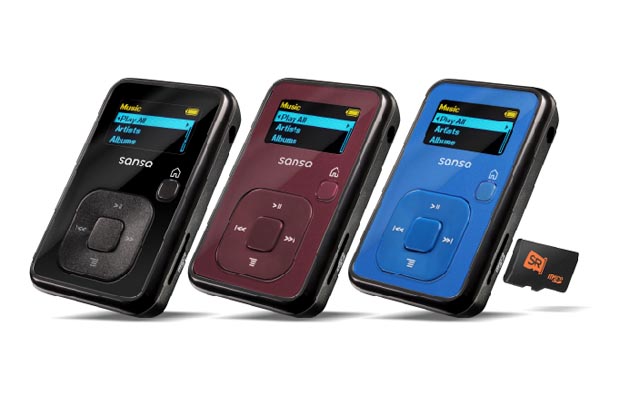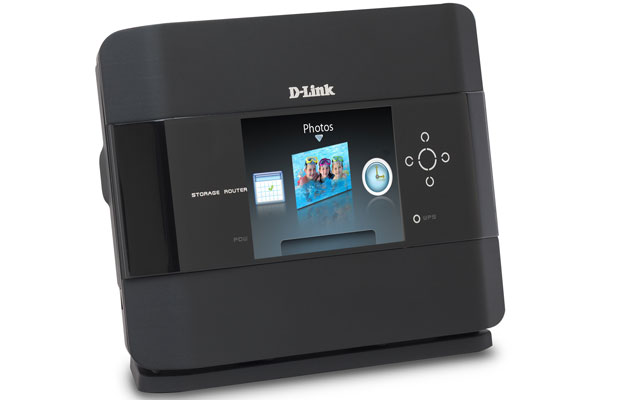Careless comments posted on Twitter are prompting a growing number of costly lawsuits
Gillian Shaw
Sun

Messages posted on Twitter are increasingly getting people into legal trouble. ‘Govern yourself accordingly,’ one lawyer advises. Photograph by: Mario Anzuoni, Reuters, Vancouver Sun
Sticks and stones can break your bones, but tweets could break your bank account.
It’s a lesson being brought home south of the border, where incautious outbursts on the micro-blogging service Twitter are landing their authors in court.
It’s amazing the trouble 140 characters can get you into.
Rocker Courtney Love made headlines over her Twitter spat-turned-lawsuit when she called a fashion designer a liar and a thief. Love has since closed her Twitter account, as did her daughter Frances Bean Cobain, who shut down after tweeting some sharp words for Lindsay Lohan’s sister, Ali Lohan.
Gossip blogger Perez Hilton is embroiled in social media spats with several celebrities, including Demi Moore, who is threatening legal action and has tweeted her anger over Hilton’s publication of provocative photos of her teenage daughter.
It isn’t always just celebrities getting in Twitter trouble. In another American case, a tenant was sued for $50,000 by a landlord angered when she tweeted about her mouldy apartment.
And recently a pizza restaurant in the U.S. has found the heat turned up on it for comments it posted on Facebook and Twitter, with the marketing firm that was the subject of the criticism launching a $2-million US lawsuit.
“My recommendation for people who use social networking is be even more careful than you normally would be,” lawyer Ken Cavalier said.
“If you’re talking to your neighbour and you say something about your other neighbour and it’s defamatory and they find out about it, they can sue you.
“When it comes to networking sorts of things, it is like doing it over a megaphone. One of the problems is, any time you put anything online it is out there, you can’t recall it.
“There are tons and tons of landmines out there. My advice on social networking is, if you are going to make statements make sure they are pretty innocuous.”
While blogs and Internet postings have been the subject of court cases in Canada, social networking sites such as Twitter and Facebook are only starting to show up.
Just last summer, Shaw Communications launched a suit in B.C. Supreme Court against Novus Entertainment and 6S Marketing for what the cable and communications company calls “a campaign of disseminating and publishing defamatory and false statements” about Shaw and its products.
Twitter and Facebook, part of the campaign, figure prominently in Shaw’s statement of claim. Novus, which offers telecommunications services in multiple-dwelling buildings in Vancouver and Burnaby, has fired back with a lawsuit of its own alleging predatory pricing on the part of Shaw and it has defended its campaign in a statement filed in court in response to Shaw’s claim.
Lawyers warn the 140-character limit of Twitter doesn’t eliminate the risk of defamation suits. For companies, the risk can be magnified if their employees practise intemperate tweeting: everything from planting false rumours about the competition to divulging insider information that could run afoul of securities regulators. And if that’s not behind the thinking of the 58 per cent of Canadian companies that veto social networking in the workplace, there is also legislation protecting privacy to add to the potential pitfalls.
“It is a theoretical minefield,” said lawyer Simon Chester, a Toronto-based partner at Heenan Blaikie. “You need to remember that social media is for keeps and that in a business context it is not really a private conversation because it can be picked up and replayed anywhere in the world.”
Defamation crosses all media, traditional and non-traditional alike.
“The law isn’t different because you are communicating in 140-character bursts. If you say something defamatory you can still be held accountable,” Chester said.
Chris Dafoe, a lawyer at Vancouver’s Lawson Lundell LLP, said people may not regard tweets and other comments in social media as publishing.
“One of the key elements in a claim for defamation is publication,” he said. “With the Internet and social media, publication, which was once the preserve of newspapers and television stations and organizations that were well-funded, is now open to everyone.”
Dafoe said people will post words impulsively and while most times it will not result in legal action, the risk is there.
“You punch something into your cellphone and send it out as a tweet,” he said. “It is a whole different dynamic; it gives everybody broader access to the world and unlike traditional media, who are aware of the risks and have the resources to deal with that, most people don’t.”
The expense of launching a lawsuit, coupled with the possibility that people, even if they feel they have been defamed, just don’t want to go through a court action, makes for many comments going unchallenged through cyberspace.
“I’m sure there are defamatory comments flying across computer networks as we speak and most will not result in a libel action, but it is always possible,” Dafoe said.
While Canada may not be keeping pace with the U.S. in terms of Twitter lawsuits, it’s a good idea to think twice before you tweet. Dafoe suggests the old advice about “sleeping on it” before you send out a nasty letter works well for social media.
“The reminder is, the law of defamation is out there,” Dafoe said. “It’s available to anybody who feels their reputation has been attacked by something somebody else has published.
“Govern yourself accordingly.”
Chester suggests one of the reasons Canada hasn’t followed the U.S. in Twitter lawsuits is that a 140-character tweet might not be seen as worth fighting.
“If somebody comes along and says my reputation has been ruined because somebody slagged me in 140 characters, the judge is going to say, ‘Really?'” Chester said.
However, tweets could be used in
reconstructing history for a case, providing details that might otherwise not be available.
“At this stage it is all largely theoretical,” Chester said. “It hasn’t surfaced; the courts aren’t full of cases on tweets and twitterers but the law does still apply all the way into social media.”
Chester said problems are more likely to arise over such issues as stock tips by insiders in a tweet.
“That is a real concern,” he said. “The concern is that somebody says something that is not publicly available information and as a result the stock exchange comes down and says, ‘Somebody broke the rules,’ because you are not supposed to be passing around insider information so people can trade on it.”
Chester said the risks shouldn’t steer people away from social media, but they must be aware.
“It is really about doing it responsibly and thinking about what you say before you press the send button,” he said. “This is not about not having fun; this is about behaving sensibly and rationally.”
When employees are using company equipment and networks, employers could find they are sharing liability with a loose-lipped employee.
Cavalier suggested companies must have clearly established policies for the use of social media by employees
“Any firm that doesn’t have a policy is playing Russian roulette,” he said. “But even if you do have a policy you’re not free and clear.
“The court could find, yes, you’ve had that policy on the books, but you have never enforced it.”
The global reach of the Internet also means that words written in one country may end up being the subject of a legal action in another.
“If they can get a default judgment against you and if they can get it registered they may well be able to import it into your jurisdiction,” Cavalier said, meaning that penalties awarded in a foreign court could catch up with Canadian tweeps.
© Copyright (c) The Vancouver Sun











